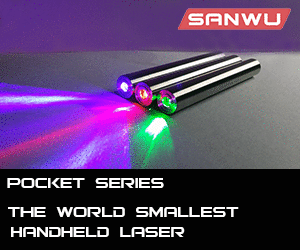- Joined
- Sep 20, 2013
- Messages
- 19,518
- Points
- 113
Well, it's softer than quartz. I no longer have all my mineral text books and it has been far too long since I even gave this field much thought. Sorry. I wish I could be of more help.

Follow along with the video below to see how to install our site as a web app on your home screen.
Note: This feature may not be available in some browsers.



This is the mineral in question. Do you recognize it?
Looks to me like Scapolite, although, hard to tell from just a photograph.
It could also be a form of massive fluorite with Calcite. Again, I am shooting from the hip here.
What color does it fluoresce? Red/pink?
Those short wave bulbs require a UV bandpass filter, not woods glass to prevent the most of the blue and green light from the Hg discharge to obscure the fluorescence.
Color is mentioned on the first post. Interestingly it also photoluminesces the same color under 523 nm light.
I have seen something like this with baryt. See attachment.
That is precisely the color my rock luminesces. Maybe Baryte is what I've got because it's found where I live.
That is precisely the color my rock luminesces. Maybe Baryte is what I've got because it's found where I live.
I do not want to jostle now, but .... did you measure the density?
Often I use my 405 nm laser to see if it induces phosphorescence. Many do such as gypsum, titanium dioxide all of which give off a pale white light for a short time after excitation. But yesterday I found a mineral of some type that glows orange briefly.
Many calcite examples are not fluorescent. I have a large piece of Icelandic calcite that is birefringent, but does not fluoresce at all. I have noticed this among calcite crystals especially.
Discovered more items that luminesce. I have an old cement utility sink. The cement luminesces white light for a few seconds gradually fading during that time. The cement making up the basement wall does the same.
Thats really interesting, any idea what is in the cement that is causing he fluorescence? I'll have to try that in my house, I definitely haven't noticed it before!

